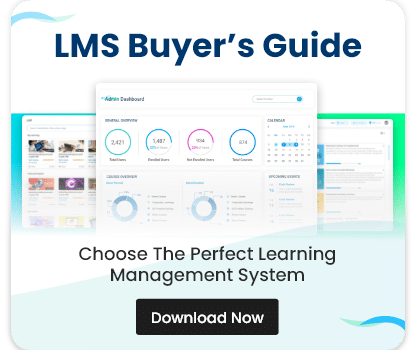Blended learning is an educational approach that combines traditional in-person classroom methods with online digital media and interactive activities.
This hybrid model harnesses the strengths of both face-to-face and virtual learning environments, providing a flexible and personalized learning experience. By integrating these modalities, blended learning caters to different learning styles, enhances engagement, and promotes better knowledge retention.
At its core, blended learning aims to optimize the learning process by offering a balanced mix of direct interaction and self-paced study. This synergy not only makes education more accessible but also allows for a more comprehensive understanding of the material, as learners can revisit online resources while benefiting from the immediate feedback and support of in-person sessions.

















